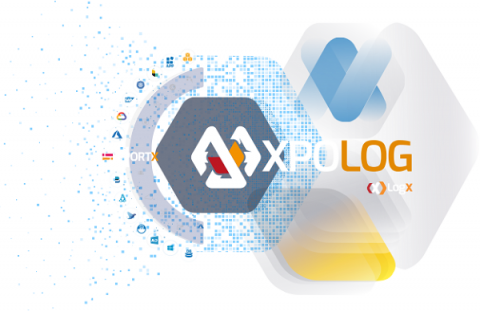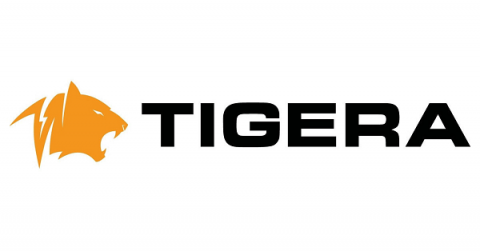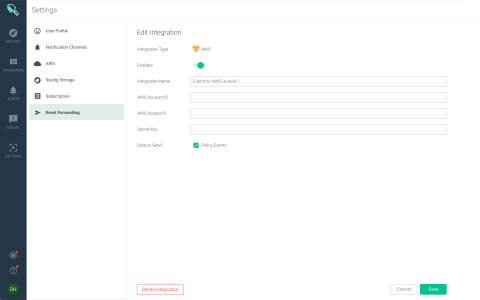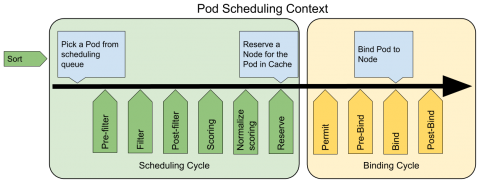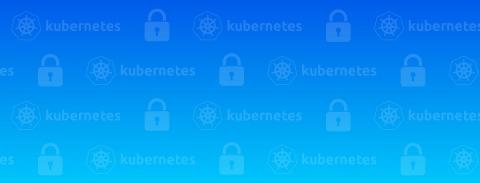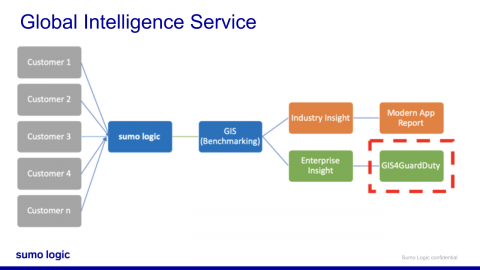What Should You Learn from the Massive Data Breach "Operation Soft Cell"?
Another massive data breach was uncovered last week (30.6.19). The US-Israeli based company Cybereason traced via a year-long operation (called “Operation Soft Cell”), an attack that had been underway since 2012. This time it was the telecommunication sector that was hit. The most worrisome fact about this breach is not only the methods that were used (which were highly sophisticated) but the purpose of the hacking.


